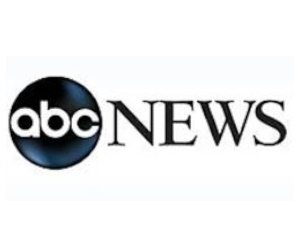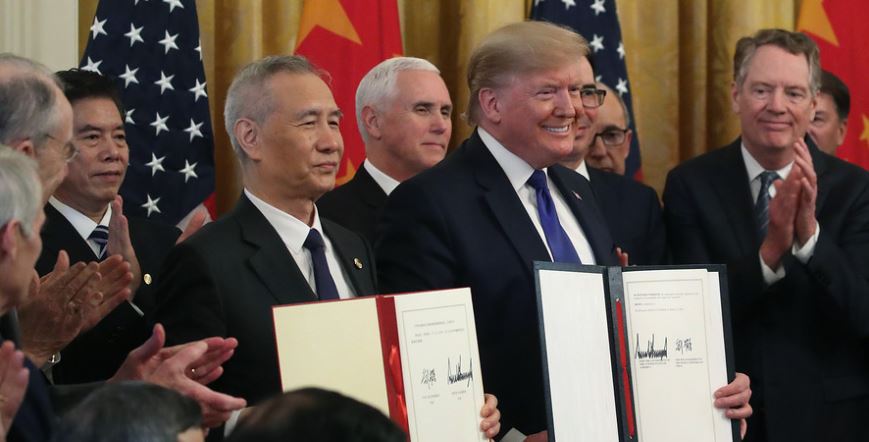Market Impact of the Assassination Attempt on Former President Trump
Market Impact of the Assassination Attempt on Former President Trump: Start a free trial of The Sevens Report.
What’s in Today’s Report:
- Market Impact of the Assassination Attempt on Former President Trump
- Acknowledging There’s a Downside to Current Market Events, Too
- Weekly Market Preview: Do Growth and Earnings Hold Up?
- Weekly Economic Cheat Sheet: An Important Check on the Consumer This Week
Futures are moderately higher as markets further price in an expected Trump win and Republican sweep following the assignation attempt on the former President.
Former President Trump survived an assignation attempt over the weekend and while expectations of a Trump win in November are boosting futures this morning, the event is unlikely to sustainably impact markets.
Today focus will be on economic data and Fed speak as Powell speaks at noon while we also get the first look at July economic data via the Empire Manufacturing PMI (-5.50). If Powell is dovish and the data is solid, expect this early rally to continue.
Turning to earnings, this will be a busy week of results but it starts relatively slowly and the only two notable reports today are GS ($8.52) and BLK ($9.96).
Join thousands of advisors from huge brokerage firms like Morgan Stanley, Merrill Lynch, Wells Fargo Advisors, Raymond James, and more! To start your quarterly subscription and see how The Sevens Report can help you grow your business, click here.



